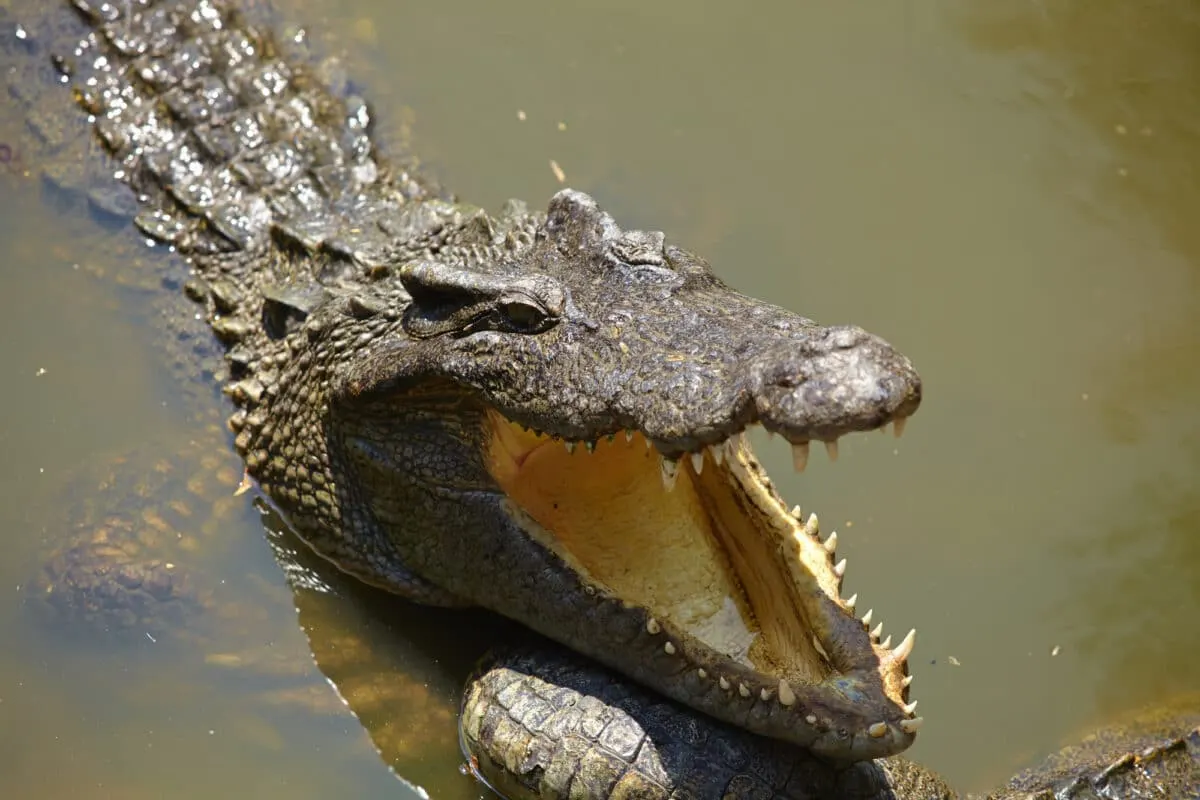The most powerful bite force in the animal kingdom is awarded to a lethal apex predator, namely the Saltwater Crocodile.
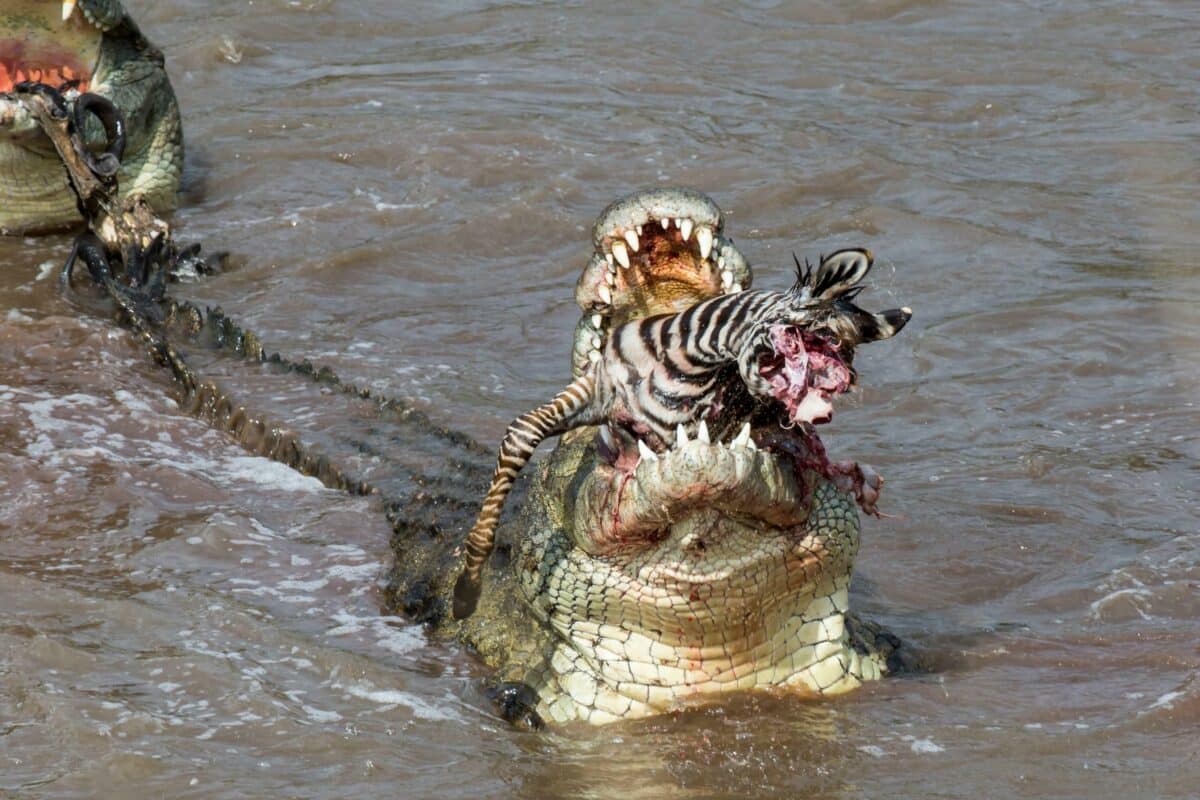
Are you curious about the incredible feat of strength performed by one of nature’s apex predators? We’re about to explore the captivating world of the saltwater crocodile, a truly remarkable reptile. Prepare for an up-close encounter with this incredible creature that is credited with having the most powerful bite force, capable of exceeding 3,700 pounds per square inch, greater than any living land animal!
Let’s explore what makes this powerhouse such an effective predator, its habitat and behavior, and its ongoing conservation efforts, which are helping to preserve this majestic species for generations to come.
Key Points
- The saltwater crocodile has the strongest bite force in the animal kingdom, exerting over 3,700 pounds per square inch (psi).
- Its jaws are long and powerful, with up to seventy sharp teeth capable of tearing flesh.
- Comparing bite forces, the saltwater crocodile’s bite force exceeds that of other powerful predators like lions and hippos.
- The tremendous bite force allows the crocodile to dispatch prey much larger than itself with a single bite.
- The saltwater crocodile’s hunting technique involves stealthily lurking beneath the water’s surface and employing the “death roll” technique to subdue larger prey.
Introducing the Saltwater Crocodile
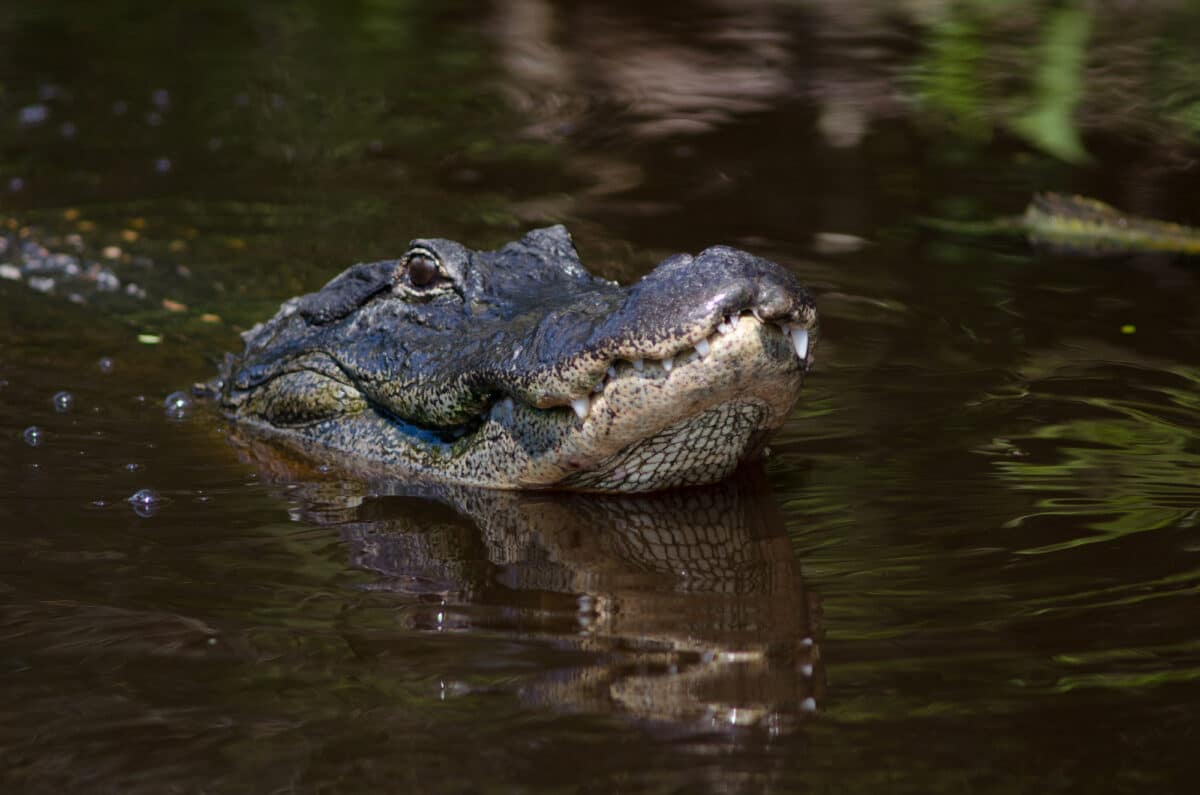
The saltwater crocodile is a fierce and fascinating creature that commands respect wherever it roams. One of the world’s largest and most powerful predators, the saltwater crocodile, is a master of its natural habitat. Its habitats include rivers, estuaries, and wetlands of Southeast Asia, Australia, and parts of the Pacific Islands.
With a unique physiology that allows it to swim swiftly, hunt strategically, and survive in extreme environments, the saltwater crocodile is mighty impressive. In this article, we’ll explore the key features and adaptations that make the saltwater crocodile so formidable and touch on its challenges in the modern world.
Meet the largest crocodile in the world.
An Overview of Its Traits
| Traits | Measurements |
|---|---|
| Length | Up to 23 feet |
| Weight | Up to 2,200 pounds |
| Diet | Fish, mammals, birds, reptiles, and more |
| Bite Force | Over 3,700 pounds per square inch (psi) |
| Habitat | Rivers, estuaries, and wetlands |
| Geographic Range | Southeast Asia, Australia, Pacific Islands |
| Defense Mechanisms | Powerful jaws, aggressive behavior |
| Conservation Status | “Least Concern” on the IUCN Red List |
| Lifespan | Up to 70 years |
The Saltwater Crocodile’s Bite Force
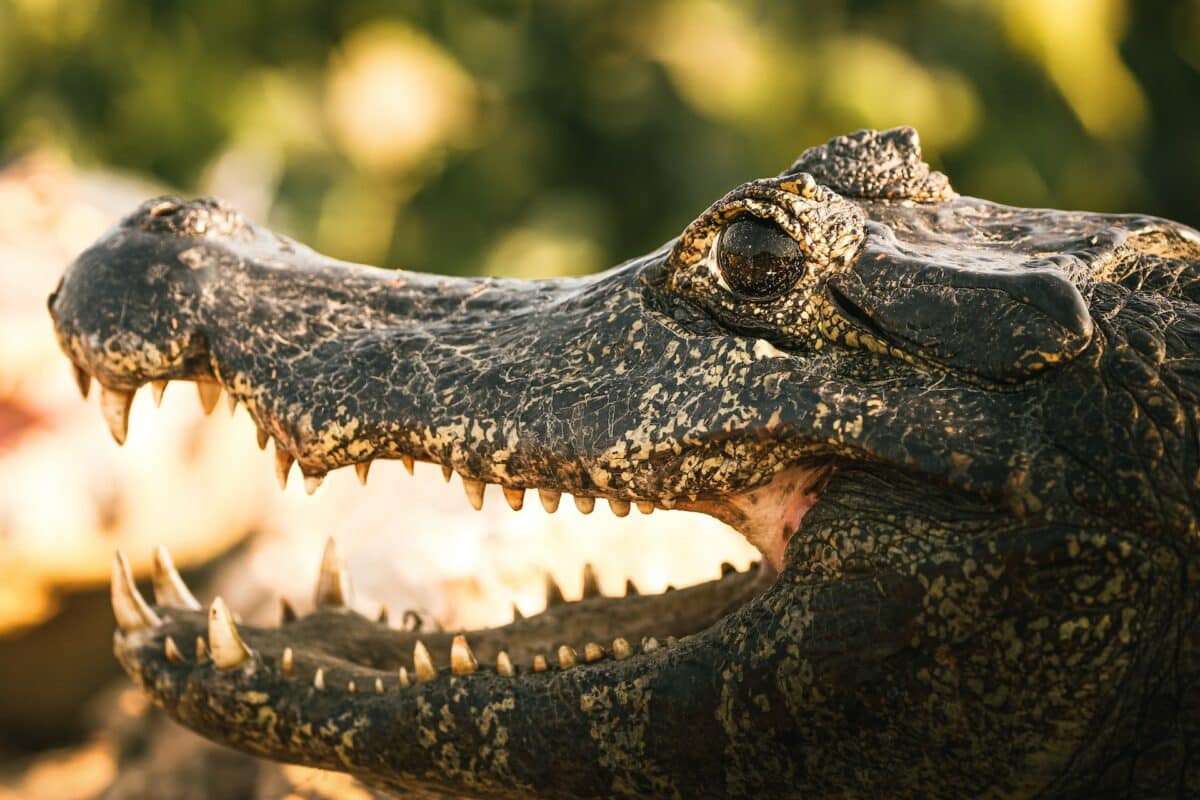
If you thought that the saltwater crocodile was just an enormous and scary creature, prepare to be amazed by its bite force. Indeed, with a bite that can exert a force of more than 3,700 pounds per square inch (psi), the saltwater crocodile reigns supreme as the animal with the most powerful bite in the world!
In this section, we’ll delve into the fascinating details of this incredible feat of strength. Let’s explore what makes the saltwater crocodile have the most powerful bite force in the animal kingdom.
The Anatomy of the Jaws
To understand how the saltwater crocodile produces such a powerful bite, it’s helpful to take a closer look at the anatomy of its jaws. The crocodile’s jaws are incredibly long and powerful, with up to seventy sharp teeth capable of easily tearing flesh.
Moreover, the muscles operating the jaw are among the strongest and most efficient in the animal kingdom. They make up more than a third of the crocodile’s total body weight! With such massive musculature, it’s no wonder that the crocodile can generate such immense biting power.
Comparing Bite Forces
In an attempt to understand just how powerful its bite force is, it’s useful to put the saltwater crocodile’s bite force into perspective by comparing it to other powerful biters in the animal kingdom.
Lions, for instance, can produce a maximum bite force of around 600 psi, while a hippo’s bite force is estimated to be around 1,800 psi. However, these pale compared to the saltwater crocodile, whose bite force can exceed 3,700 pounds per square inch! Simply put, the saltwater crocodile can bite through almost anything.
Here are the bite forces of some other animals to highlight just how powerful the bite force of the saltwater crocodile is:
| Animal | Bite Force (Pounds per square inch, psi) |
|---|---|
| Human | 120 psi |
| House Cat | 200 psi |
| German Shepherd | 238 psi |
| African Lion | 650 psi |
| Great White Shark | 669 psi |
| Gray Wolf | 406 psi |
| Hippopotamus | 1,800 psi |
| American Alligator | 2,125 psi |
| Saltwater Crocodile | 3,700 psi |
| Tyrannosaurus Rex | Estimated to be over 8,000 psi |
The Meaning of Bite Force
So, what does this tremendous bite force mean for the saltwater crocodile in the wild? Simply put, the crocodile can effortlessly dispatch prey many times its size and weight, stopping them with a single bite. The crocodile’s powerful jaws and teeth are the key to its success as an apex predator, allowing it to hunt and kill with deadly efficiency.
Additionally, the bite force of a saltwater crocodile enables it to crush bones and break down tough hides, making it a versatile hunter capable of taking down a wide range of prey.
Hunting Techniques and Diet
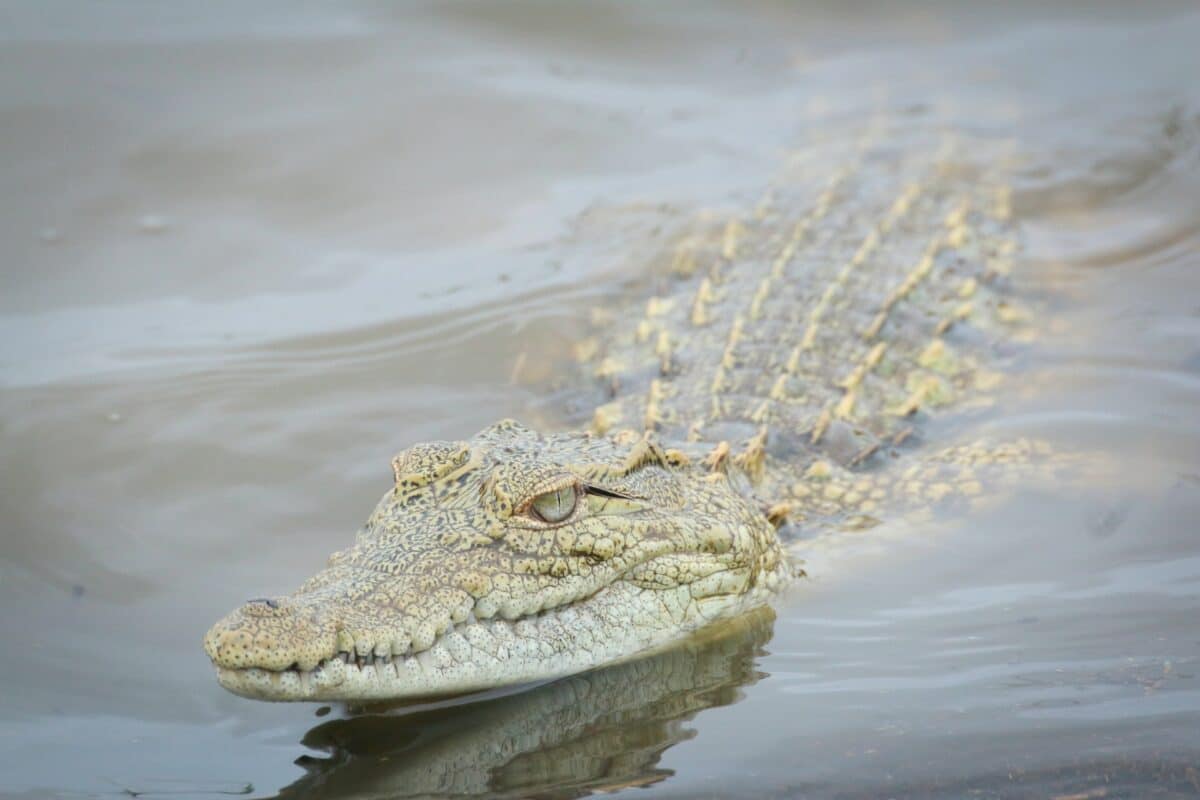
Their incredible bite force is the primary reason the Saltwater crocodile is one of the most lethal apex predators. It uses its immense jaw strength to seize and crush its victims with a single bite. This exceptional bite force allows it to effortlessly take down large prey, including water buffalo and even sharks.
When hunting, the Saltwater Crocodile employs a strategic approach. It stealthily lurks beneath the water’s surface, with only its eyes and nostrils exposed, waiting patiently for an unsuspecting target. Its camouflaged body aids in blending seamlessly with the surroundings, making it a highly effective ambush predator.
The Saltwater Crocodile’s diet is diverse, and its adaptability allows it to thrive in various habitats, including rivers, estuaries, and coastal areas. To subdue larger prey, the crocodile employs a technique called the “death roll,” where it rapidly spins its body, using its powerful tail to disorient and tear apart the captured prey.
Get Up Close with the Animal with the Strongest Bite Force In Their Natural Environment
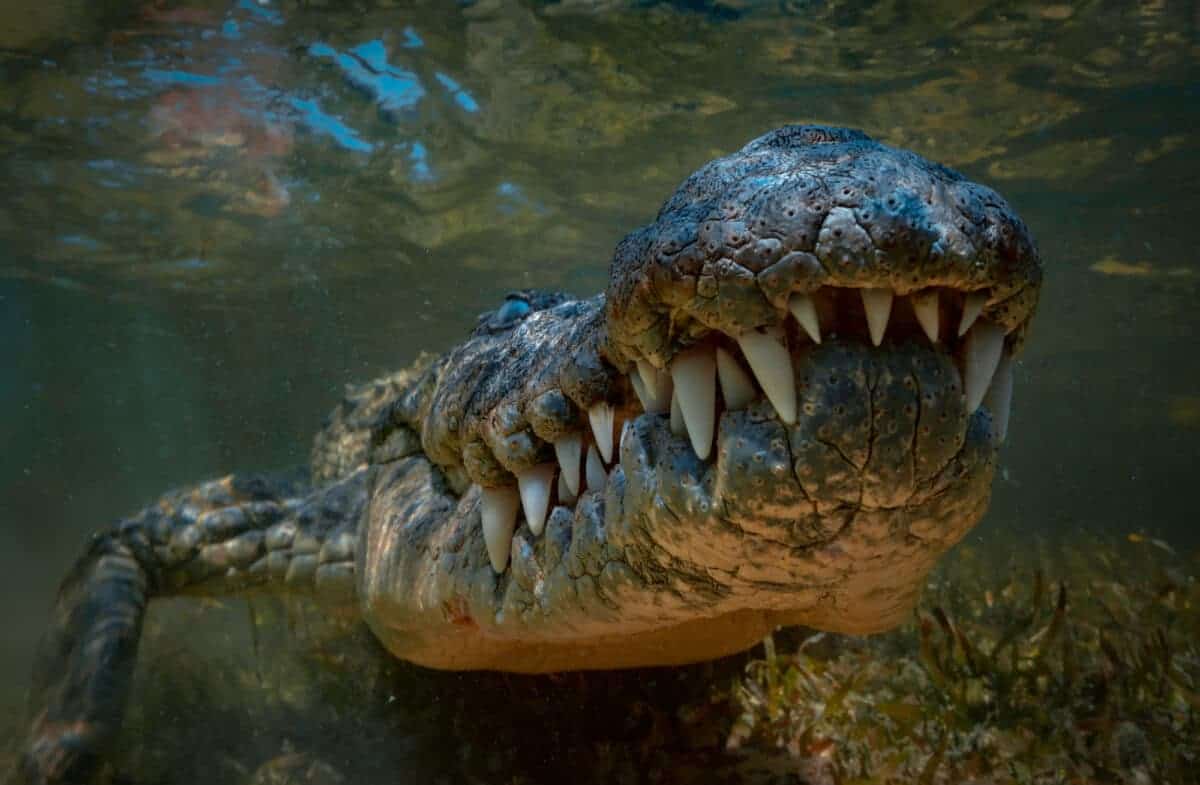
Experience the majestic beauty of saltwater crocodiles in their natural habitat for a remarkable encounter with these creatures. These crocodiles can grow up to 23 feet long and weigh over a ton, making them one of the largest reptiles in the world. Their sharp teeth and powerful jaws are truly a sight to behold, but it’s not just their appearance that makes them so fascinating.
The saltwater crocodile is an apex predator, meaning they sit at the top of the food chain, and their presence helps regulate their ecosystem. Seeing one of these creatures up close is an unforgettable experience, and there are plenty of opportunities to do so, from guided tours to visiting national parks where they reside.
It’s crucial to acknowledge that these animals should never be underestimated, and maintaining a safe distance while observing them is essential.
Discover the best places to see crocodiles up close.
Essential Information For Visiting Saltwater Crocodiles: What To Know Before Your Trip
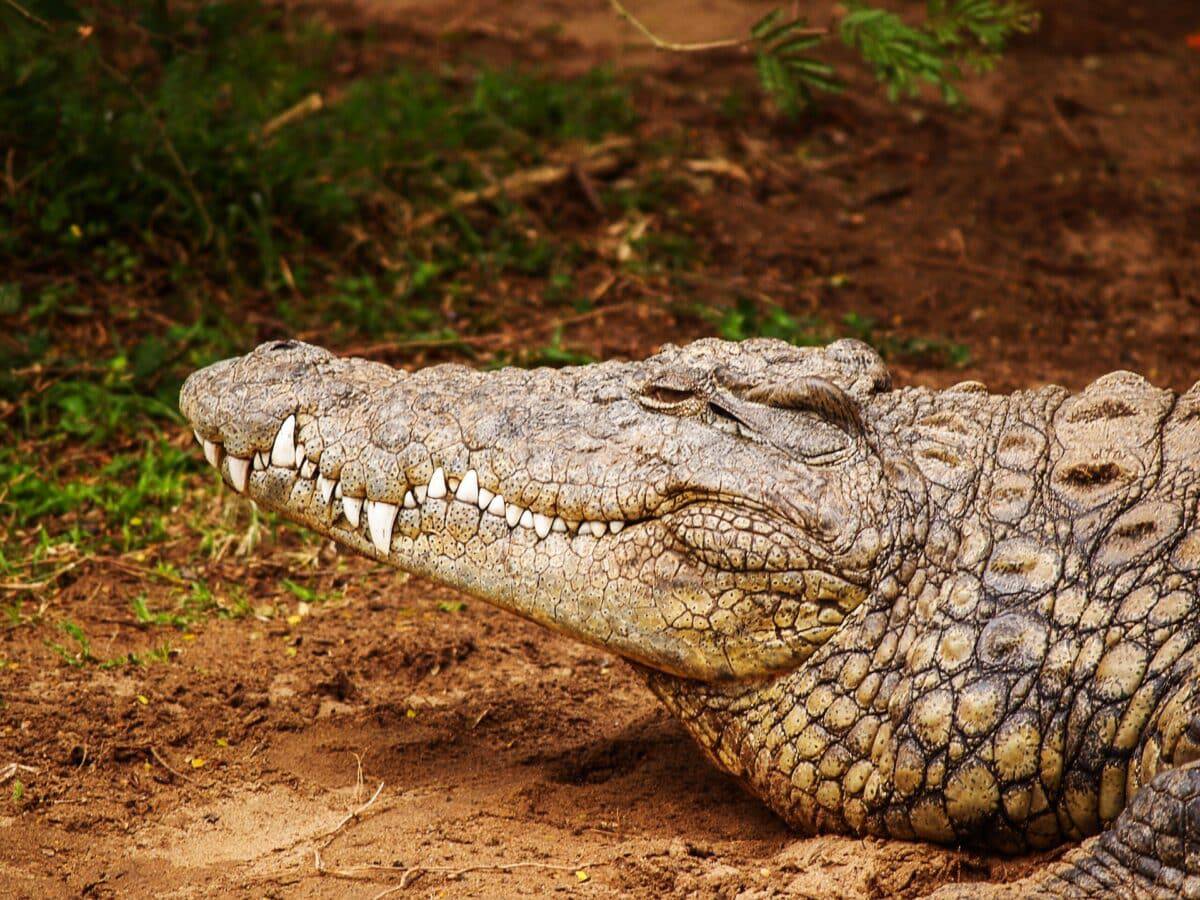
Planning a trip to see saltwater crocodiles can be an exhilarating adventure for wildlife enthusiasts. However, before embarking on such a trip, there are a few things you need to know to ensure your safety and that of the crocodiles. Let’s explore the key considerations and factors to remember when traveling to see these magnificent predators.
Understanding their Habitat and Behavior
As mentioned earlier, the saltwater crocodile is a master of its natural habitat, which includes rivers, estuaries, and wetlands. To ensure a successful trip to observe saltwater crocodiles, it’s crucial to familiarize yourself with their habitat and behavior.
These reptiles are most active in the early morning and late afternoon, as this is when they typically search for prey. They enjoy basking in the sun on riverbanks and mudflats during the day, making these prime spots to observe. It’s important to note that crocodiles can be quite territorial and unpredictable, so keeping a safe distance from them is essential.
Safety Precautions
Crocodiles are apex predators that are incredibly powerful and dangerous. Before embarking on a trip to see saltwater crocodiles, it’s crucial to take appropriate safety precautions. Do not attempt to feed or taunt the animals in any way, and never approach them too closely. Sticking to designated viewing areas and following any safety instructions from your guide or park staff is also paramount.
Choosing a Reputable Tour Company
When choosing a tour company, it’s important to research and selects a reputable company with experienced guides. Look for companies that prioritize safety and conservation, and have a good track record of adhering to ethical guidelines. Additionally, it’s important to ensure that the tours you select are conducted in areas where crocodile viewing is legal and permitted.
How To Stay Safe When Encountering A Saltwater Crocodile
The saltwater crocodile is a powerful predator, and any encounter with this creature should be cautiously approached. The following tips will help you stay safe when encountering a saltwater crocodile:
- Be aware of your surroundings: Before entering any body of water in a saltwater crocodile’s natural habitat, assess the environment for any signs of danger. Look for warning signs or safety information, and stay away if the area is known to have saltwater crocodiles.
- Keep a safe distance: Never approach a saltwater crocodile. Even if the animal appears docile or uninterested, it can strike without warning. Keep at least 30 to 50 feet away from the creature.
- Avoid entering the water: Swimming, wading, or boating in a body of water inhabited by saltwater crocodiles is extremely dangerous. These creatures are opportunistic hunters and can attack without provocation. Use a bridge or alternative route to cross a body of water.
- Do not provoke the animal: Never disturb a saltwater crocodile, either intentionally or unintentionally. Prodding, poking, or throwing objects at the creature can agitate it and lead to an attack. Respect the animal’s space and let it go about its business.
- Stay vigilant: Just because you cannot see a saltwater crocodile does not mean it is not there. These creatures are experts at blending into their environment and can remain still for hours. Stay vigilant and mindful of your surroundings, as crocodiles may be present.
- Seek medical attention if attacked: These creatures have extremely powerful jaws and can cause deep puncture wounds, broken bones, and even death. Do not underestimate the seriousness of a crocodile attack.
Conservation Efforts To Protect Saltwater Crocodiles
The saltwater crocodile (Crocodylus porosus) is listed as a species of “Least Concern” on the IUCN Red List, indicating a relatively stable population overall. However, localized declines have been observed due to habitat destruction and poaching.
However, several conservation efforts are underway to protect these magnificent animals. Conservation and restoration of habitats are key priorities in ongoing efforts to protect and preserve ecosystems. Organizations are working towards protecting saltwater crocodile habitats from being destroyed and restoring areas that have already been damaged.
Additionally, stricter laws and penalties against poaching and illegal hunting have been implemented to deter hunters from engaging in these activities. Furthermore, educational campaigns that emphasize the importance of these animals and their role in the ecosystem have been launched to create more awareness and support for conservation efforts.
With these conservation efforts in motion, there is hope that the saltwater crocodile population will rebound, preserving this iconic species for generations.
The Most Powerful Bite Force: Conclusion
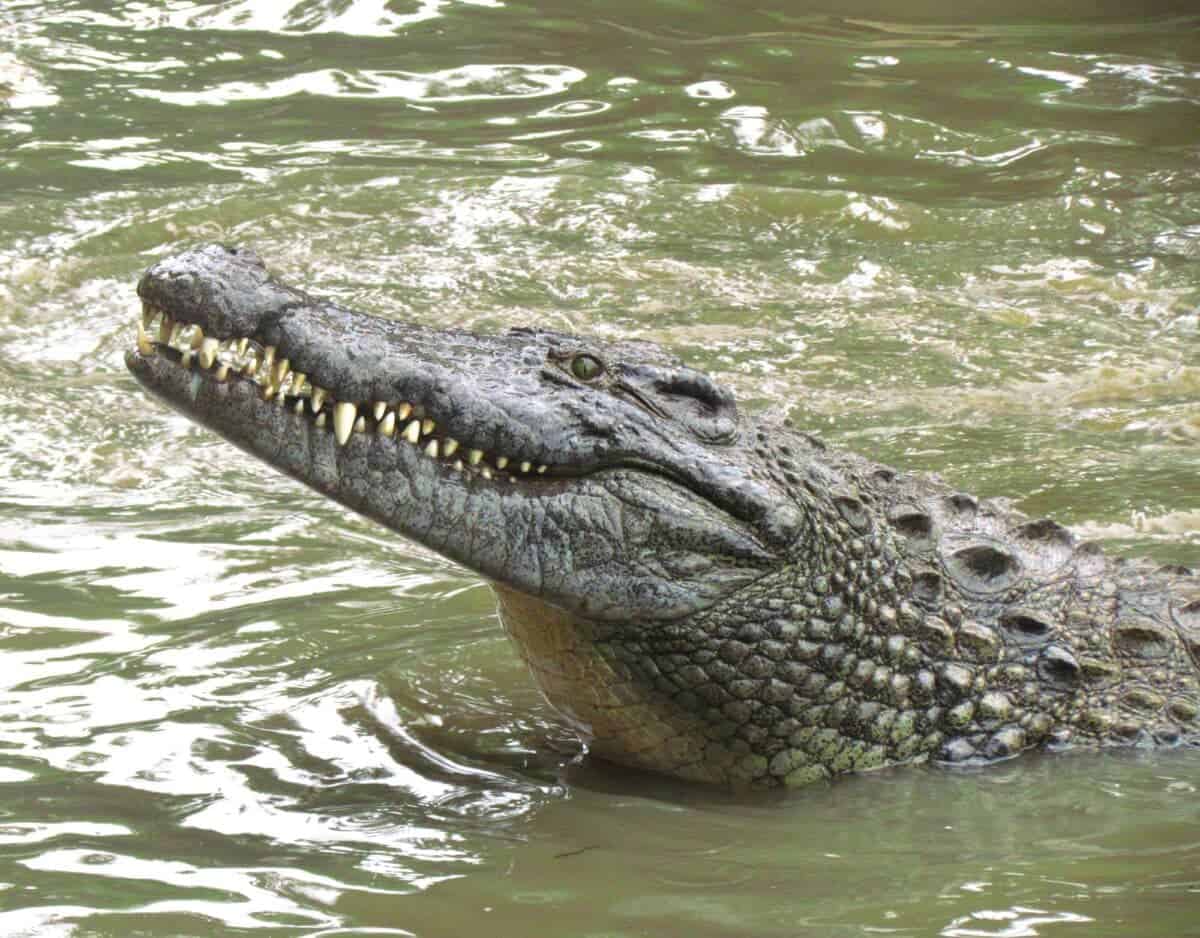
The saltwater crocodile is a majestic yet formidable predator. It has a special bite force that surpasses any living land animal. Understanding the crocodile’s habitat and behavior is key to helping with conservation efforts, furthering its preservation for the future.
With this knowledge of the incredible power of the saltwater crocodile, you can appreciate their strength and impact on our ecosystems and gain respect for their power as one of nature’s apex predators.
Thank you for reading this article! Get to fill up on more reptile facts, read our post on how to treat a spiny-tailed iguana bite, why the Burmese python is causing havoc in Florida, or familiarise yourself with a bunch of different lizards.
Join our Forum for free today!

- Signs Of Coyotes Visiting Your Property - July 23, 2024
- Beware Of The Rabid Wolf Spider In The United States - July 23, 2024
- 12 Flowers & The Beautiful Birds They’ll Attract To Your Yard - July 23, 2024

